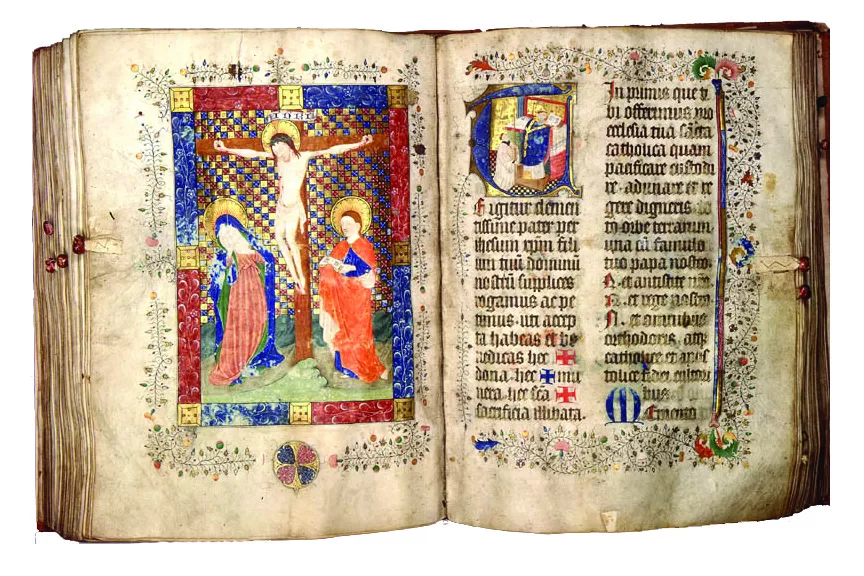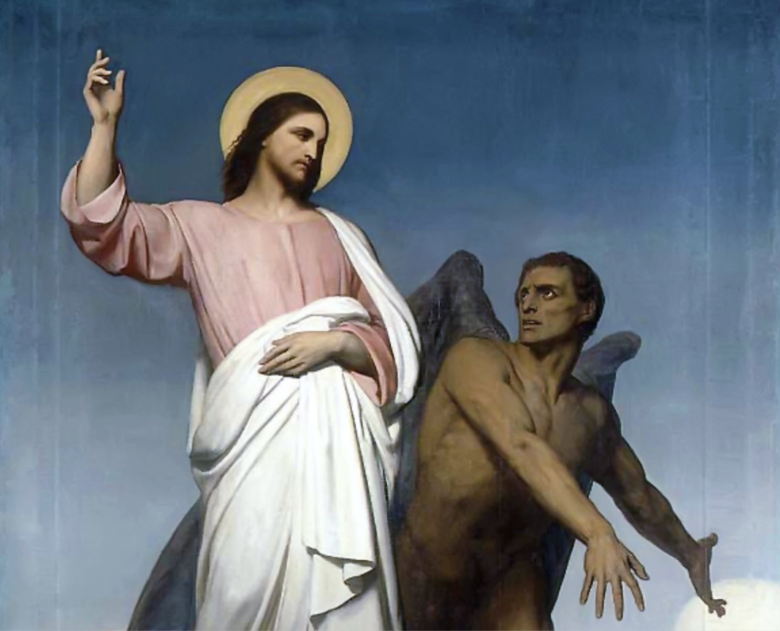
Tag: catholic vlog
-

Will Akash Bashir become Pakistan’s 1st saint?
Read More: Will Akash Bashir become Pakistan’s 1st saint?By Aleteia A thanksgiving Mass was celebrated in the cathedral of Lahore (Pakistan) to close the diocesan phase of the cause for beatification of young Akash Bashir. “Iwill die, but I will not let you go in.” These were Akash Bashir’s last words as he offered his life in sacrifice, preventing a terrorist attack on…
-

Prayer for Conversion of Relative or Friend
Read More: Prayer for Conversion of Relative or Friend(If the prayer is for a woman, use the feminine pronoun where necessary.) O Mary, Queen of the Angels and of men, behold me an unworthy servant and listen to my prayerin behalf of (Name) who remains separated from the Churchestablished by thy Divine Son. My Mother, dispensatrix of grace, strip from (Name)the bands of prejudice and…
-

Nineveh Call to 40 Days of Reparation |Special Prayers of Repentance
Read More: Nineveh Call to 40 Days of Reparation |Special Prayers of Repentancehttps://www.youtube.com/watch?v=ovHWMtdNe_E MS word version below! Powered By EmbedPress PDF Version below! Powered By EmbedPress
-

“I Was in Hell: My Illumination of Conscience!” Testimony of Fabienne Guerrero
Read More: “I Was in Hell: My Illumination of Conscience!” Testimony of Fabienne GuerreroBased on the testimony of “I Was in Hell: My Illumination of Conscience“ Fabienne’s testimony is powerful. It shows the boundless sadness that takes hold of a life lived apart from God. But even more, it reveals the spiritual source of this ill-being that only an experience of Divine Mercy and Love allows us to…
-

An ancient Irish litany to the Blessed Virgin Mary
Read More: An ancient Irish litany to the Blessed Virgin MaryIt is likely that this litany was used at the monastery of Clonsast around the year 725 and was later translated into Latin. Here below is an English translation of the original Irish from the 8th century. O GREAT Mary, [pray for us]Mary, greatest of Marys,Most great of women,Queen of the angels,Mistress of the heavens,Woman…
-

3PM HOUR OF MERCY PRAYER
Read More: 3PM HOUR OF MERCY PRAYER3PM HOUR OF MERCY PRAYER V: You expired Jesus, but the source of life gushed forth for souls, and the ocean of mercy opened up for the whole world. All: O Fountain of Life, unfathomable Divine Mercy, envelop the whole world and empty Yourself out upon us. V: O Blood and Water which gushed…
-

LIVE 10 HOUR HOLY THURSDAY PREMIERE!
Read More: LIVE 10 HOUR HOLY THURSDAY PREMIERE!We are excited to be sharing the full video version of The 24 Hours of the Passion by Servant of God Luisa Piccarreta. This will be aired on Holy Thursday beginning at 8am EST to 6pm EST. Please join us in this powerful Holy Week meditation of the sorrowful Passion of Our Lord, as it…
Search
Popular Posts
-
🙏 A New Chapter Begins: Supporting Pope Leo XIV with Prayer and Hope | W/ Daniel O’Connor
“Give the new pope a break and support him with your prayers.”–…
-
Possible Candidates for The Next Pope!
Some Candidates for the New Papacy Today we will share with you…
Categories
Archives
Tags
#Miracles (102) 2023 (4) 2024 (4) approved miracles (2) catholic (141) catholic blog (375) catholic meditations (7) catholic miracles (371) catholic motivation (2) catholic news (371) catholic prayers (4) CatholicSeers (359) catholic vlog (375) catholic websites (6) Eucharistic miracle (2) fr jim blount (3) GisellaCardia (11) hamas (3) imitation of christ (2) Israel (4) israel live (5) Israel news (9) jesus (3) jesus christ (4) Latest messages (11) lent 2023 (10) lent 2024 (4) lent homily (2) lent retreat (4) lent retreat 2023 (3) Lourdes (2) messages from god (6) MessagesFromHeaven (364) miracles of catholic church (2) mother and refuge (2) ourlady (325) OurLadyApparitions (22) our lady of lourdes (2) Pope (2) POPE francis (3) pope francis news (2) prayers (3) real miracles (356) sacred heart of jesus (2) The Miracles of Lourdes (2)







